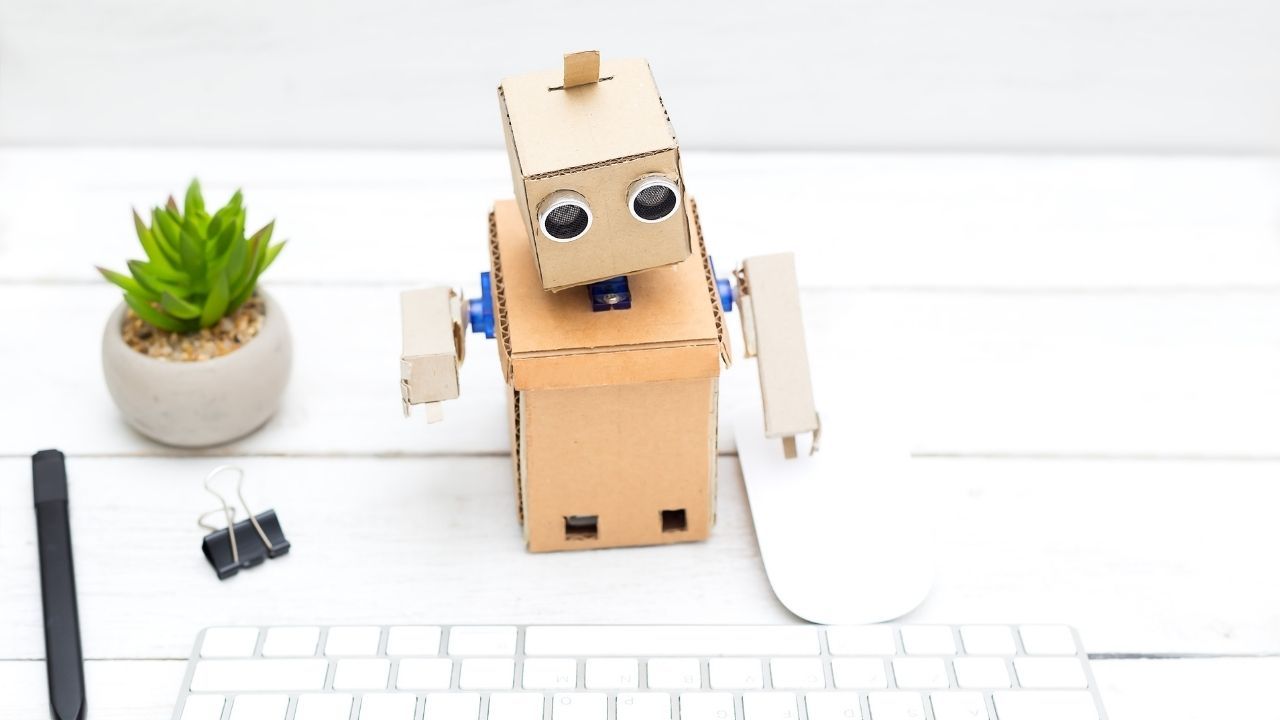Will American Culture Lead To Success In The Robot Era?

Alec Ross, the author of the book The Industries of the Future, suggests that robots could spur a revolution, impacting workers in a similar manner as the agricultural, industrial, and digital revolutions did in the past. With the level of capital that has been invested in robotics, it is possible to produce breakthroughs that will make today's science fiction a reality. Researchers and entrepreneurs are no longer holding themselves back by asking which tasks can be done more efficiently by a machine than by a human. Instead, they are asking, "What can machines do that humans could never do on their own?" As technology continues to improve, how will robots transform human life?
Karel Capek, a Czech science-fiction writer, coined the word robot in 1920. It is derived from the old Slavonic word robota ("obligatory work") and robotnic ("serf"). Robots represent a merger of two trends: "the advancement of technology to do our work," says Ross, "and the use of a servant class that can provide cheap labor for higher classes of society."
As of 2017, Japan was leading the world in robotics. Japan owned 310,000 out of 1.4 million industrial robots operating across the globe. The eldercare industry, in particular, saw a boost with the use of caretaking robots.
Other countries, in addition to Japan, that are leading in robotics are the United States, China, South Korea, and Germany. The "Big Five" in robotics generate 70% of global robot sales. The United States, Japan, and Germany dominate in industrial and medical robots, while South Korea and China are large producers of consumer-oriented robots.
Whether a country succeeds in the robot era partially depends on the country's culture. Western cultures are highly fearful of robots, which is apparent in Western literature and many cautionary tales of robots destroying humans. Eastern cultures are much more comfortable with robots. As an indication of that fact, Chinese universities alone have over 100 automation departments compared to 76 in the United States, even though the United States has a larger number of universities in total.
The biggest concern societies have regarding robots is the impact they will have on employment. Declining costs of producing robots will create increased competition with the lowest-wage workers. Initially, robots replaced jobs that were dangerous, dirty, and involved almost no personal interaction. As technology improved, robots started to be used in the service sector in jobs that require personalized skills.
The next level of robotics development combines data analytics and experiential robot data, which allows companies to produce robots that can intelligently interact with the external environment. Cloud robotics provides robots with a tremendous amount of shared data that enables robots to "learn" at a faster rate. Advancements in material sciences have also contributed to the field of robotics. Aluminum is no longer the only option for the body of a robot. Today, robots can be made using silicone or spider silk, creating a much more natural look.
Societies can greatly benefit from operating robots. Robots can reduce work-related injuries, cause fewer traffic accidents, conduct safer and less invasive surgical procedures, allow sick children to attend school, among many other ways robots can create "a net good for the world."
Going forward, deciding whether to hire an additional employee or to purchase a new robot will depend on a company's management of capital expenditures (CAPEX) and operating expenditures (OPEX). A robot is a CAPEX, requiring a high up-front cost but limited operating expenses as robots do not receive a salary. Human labor does not contribute to CAPEX but has high OPEX, consisting of salary and employee benefits. As the cost of robots continues to go down, the operating expenditures of hiring humans will become less attractive than operating a robot.
While robots will eliminate many jobs, they will also create new jobs. In addition, they will free up humans to do more productive, high-value tasks. However, Ross asserts that this will happen only if societies adapt to the inevitable disruption in the workforce. He also mentions that the effect robotics will have on jobs depends on the country and the type of robots it produces. For example, Ross suggests that South Korea, Germany, and Japan are better positioned because these countries manufacture robots for export. China, however, has historically relied on cheap labor. As advances in robotics continue, it might become cheaper to buy robots to replace manufacturing jobs.
In the future, the competition between humans and robots will increase. As Ross concludes, "In tomorrow's workplace, either the human is telling the robot what to do or the robot is telling the human what to do."
